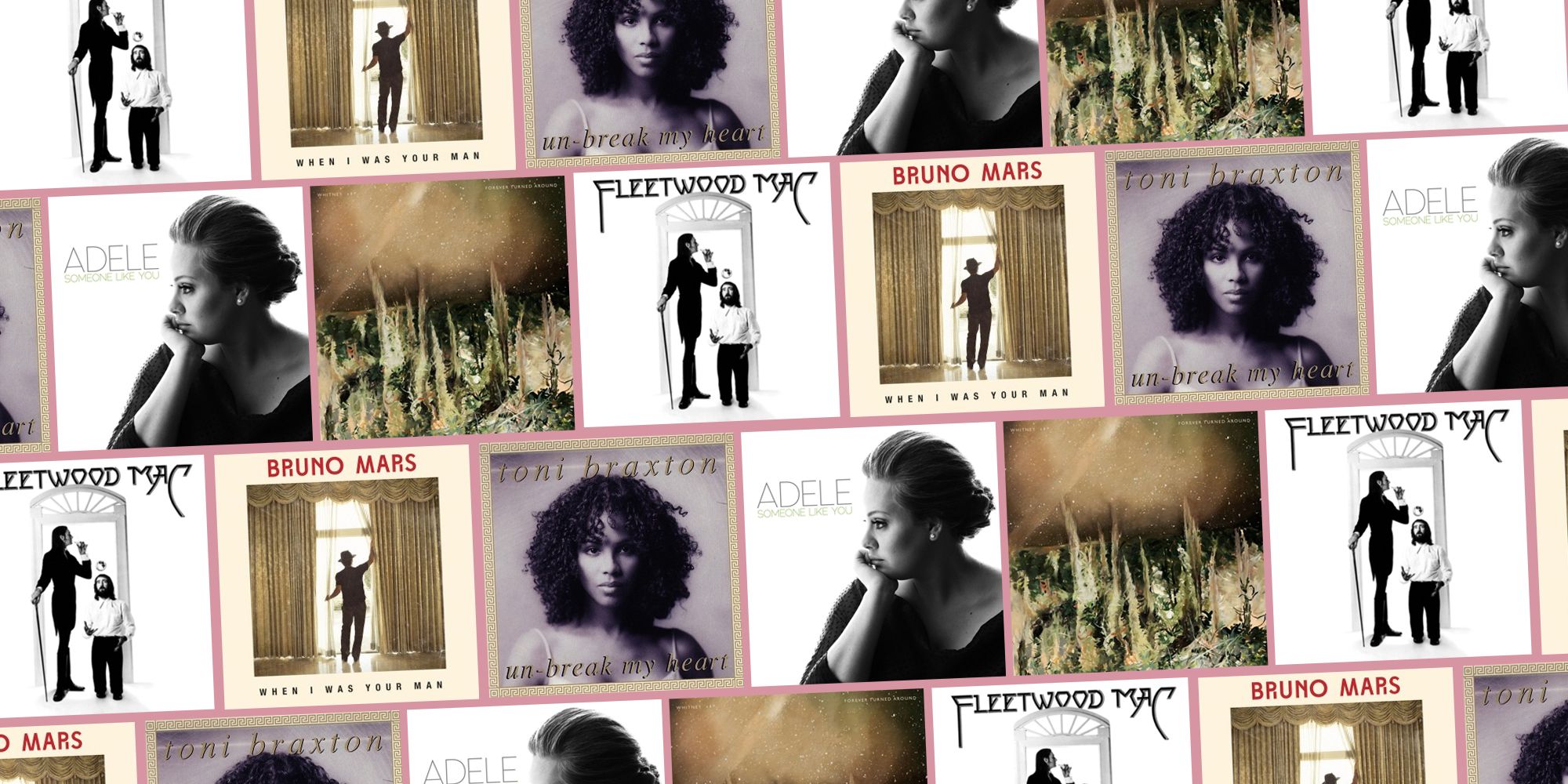
Paul McCartney: Many Years From Now), "It was one of the first times he ever went 'What? Must change that.'" Lennon said: "That's Paul doing his usual good job of producing what George Martin used to call a 'potboiler'. When I showed it to John, he screamed with laughter, and said 'You're joking about that line, aren't you?'" "We came up with, 'You know what I mean.' Which was good, because you don't know what I mean" (Barry Miles. It was typical of how Lennon and McCartney would work in partnership, as McCartney later commented: "I had 'She was just seventeen,' and then 'never been a beauty queen'.

Remember, a book by McCartney's brother Mike McCartney, includes a photograph of Lennon and McCartney writing the song while strumming guitars and reading the exercise book. The lyrics were written on a Liverpool Institute exercise book. Even now, when I tell people, I find few of them believe me therefore, I maintain that a bass riff hasn’t got to be original". I played exactly the same notes as he did and it fitted our number perfectly. McCartney later described in Beat Instrumental how he went about the song's composition: "Here’s one example of a bit I pinched from someone: I used the bass riff from 'Talkin’ About You' by Chuck Berry in 'I Saw Her Standing There'. The song was later completed at his Forthlin Road home with Lennon.

Originally titled "Seventeen", the song was apparently conceived by McCartney while driving home from a Beatles' concert in Southport, Lancashire as a modern take on the traditional song As I Roved Out, a version of Seventeen Come Sunday that he had heard in Liverpool in 1960. The song was a Lennon and McCartney collaboration based on McCartney's initial idea.


 0 kommentar(er)
0 kommentar(er)
